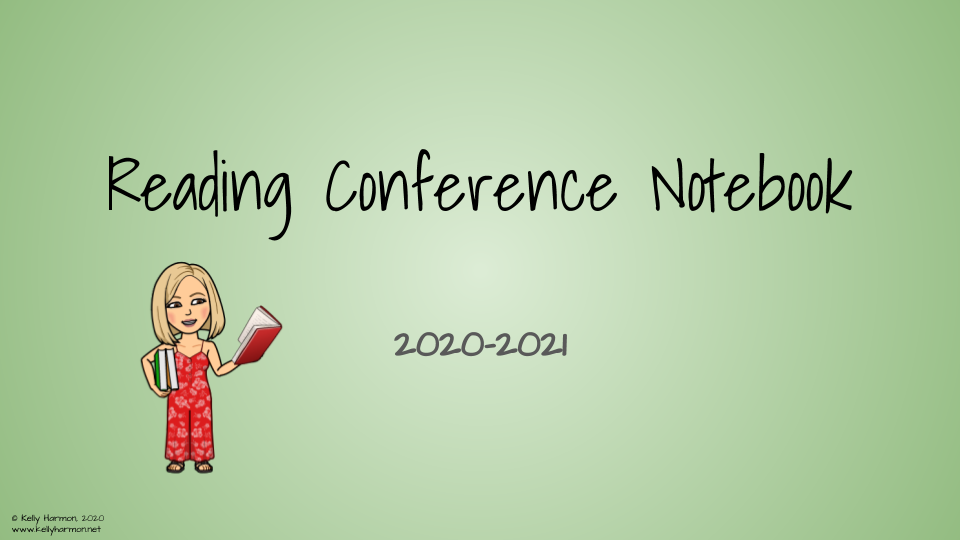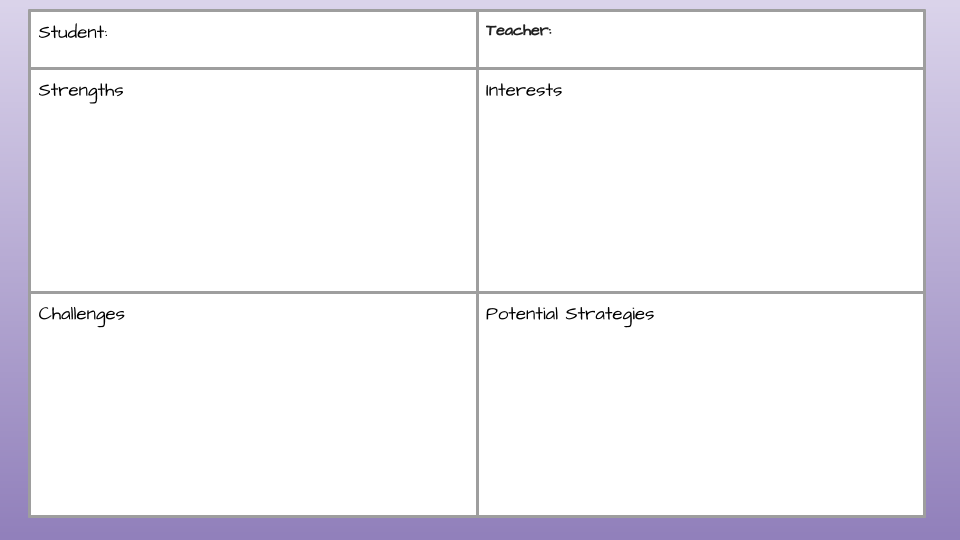Focus On Your Impact
I recently attended a virtual session on Visible Learning with Dr. John Hattie. He talked about what works best in order to cause dramatic increases in student learning during face to face and virtual instruction. Turns out, just about everything we do as educators causes students to learn. However, he said there's no evidence that teaching more results in more learning. In fact, through his vast meta-research, there is evidence that highly impactful teachers don't focus so much on what they or the students will do. Instead, they focus on their impact on student learning. According to Dr. Hattie, it's how we think, not what they do, that has the most impact on student learning. This thinking is student-centered and ensures that everything we ask students to learn or do is intentional and designed to move students forward. Dr. Hattie explained that as much as 50% of what is taught, students already know, so there is little impact or forward movement. Rather than following a program or lessons written by someone who doesn't know your students, ask yourself "What can I do to cause my students to learn?" Small teacher moves can result in big learning gains.
As I reflected on this, I came up with several key areas that highly impactful teachers think about as they plan and deliver meaningful instruction. Over the next few months, I will be sharing ways to inform our thinking in order to have more impact on learning. Each idea I share requires that we go slow and teach less in order for students to learn more.
Whether you are virtual or in-person, at the beginning of the school year, start by thinking about how you can build a trusting relationship and gather data about your students' strengths, interests, challenges, and strategies that might work best for them.
Focus #1 Relationships
Our students need an advocate. They need to feel safe, cared about, and a part of a community of learners. Think about how positive relationships are built between:
- students and teachers;
- students and other students; and
- teachers and the families of the students.
Here are a few ways to establish a positive relationship from the start.
1. Start by taking 2 minutes a day for the first few weeks to share something about yourself. Talk about who you are, other than the teacher. Then give students opportunities to share about themselves.
2. Invite students to join you for lunch (or breakfast) at least once a week, especially during the first few weeks. This can be done virtually or in person.
3. Set up a class FaceBook page or Twitter to celebrate the learning with your students' families. Ask students to share in writing the posts and selecting pictures for posting.
4. Use Google Forms for interest inventories. A few simple questions can help students express their interests and preferences for learning.
Focus On Strengths, Interests, and Challenges
High impact teachers don't start teaching until they know what students need to learn. From the first day of school, teachers begin learning about each student by looking for strengths and asking students about their interests.They ask students to talk about what they already know and watch as they perform skills. This helps to determine the students' challenges and entry points for learning. All instruction is based on student strengths, interests, and challenges.
During a conference session with Nicole Dimich this summer, she shared a "one pager" where information is gathered for and with each student. This helps to form theories about how the student learns best and why the student might struggle. Many students will have gaps this year, so gathering the data and working from what the student already knows is a critical starting point.
Over the summer, I created a digital reading conference notebook so that all the information can be kept in one, online document.



Dylan William, assessment guru, reminds us that “there is just no substitute for the teacher knowing their students.” Establishing strong relationships and data gathering are the first steps to meaningful learning. By focusing on your impact on learning, you will do less and your students will learn more. Doing this virtually presents new challenges, but you are up for the challenge. Be intentional in all that you do and give yourself time and grace. Thank you for all of the hard work you do to impact the students in your school and classroom!
